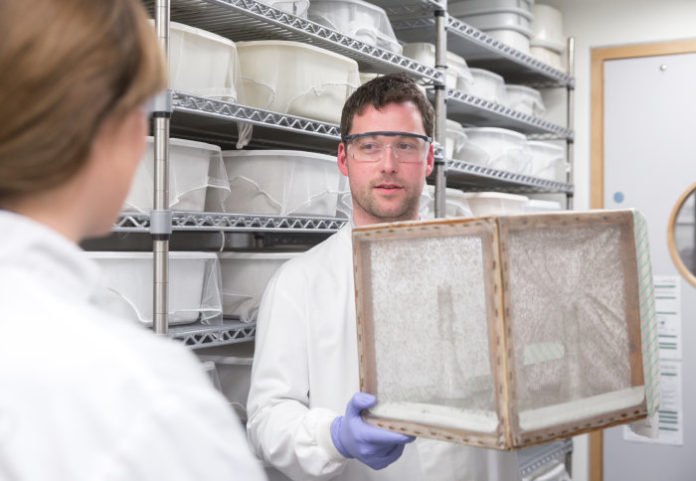A new study by the Imperial College, London suggests that Utilizing two exploratory vaccines to malarial antibodies, which work in different ways, can extraordinarily reduce the number of malaria contaminations in creature examines.
Combining experimental vaccines experimental immunizations, which freely accomplish 48% and 68% diminishments in malaria cases, can accomplish 91% lessening when consolidated.
RTS,S is the world’s first PEV malaria vaccine that has been shown to provide partial protection against malaria in young children by blocking infection of the liver. However, its maximum efficacy is under 50% (i.e. it reduces cases by around 50%).
There are currently several types of transmission-blocking vaccines in early trials, which are thought to reduce the number of parasites in the mosquito salivary glands. Their efficacy typically ranges from around 50-95%.
Scientists tested the effect when using the two types of vaccine together. They used genetically altered mouse parasites that express proteins expressed on the human version of the malaria parasite.
Lead researcher Dr. Andrew Blagborough, from the Department of Life Sciences at Imperial, said: “This is the first direct evidence that combining vaccines of different types significantly improves their efficacy in terms of reducing malarial burden.
“Reaching a potential 91% reduction in cases would have a huge impact on public health because the vaccines could be effective in areas where malaria is more prevalent.”
Scientists particularly tested two sorts of antibodies: those that keep mosquitoes from exchanging the parasites, called transmission-blocking vaccines (TBVs), and those that keep the parasite from contaminating the liver, named pre-erythrocytic vacciness (PEVs).
According to scientists, combining vaccines increase their effectiveness. But, adding PEVs specifically could increase the efficacy of around 91%.
Dr. Morven Roberts, Programme Manager for parasites and neglected tropical diseases at the MRC, said: “While these findings are in the preliminary stages, they’re valuable as they shed light on optimizing strategies for preventing malaria. Learning that combining vaccines can dramatically boost efficacy in mice provides another potential tactic for controlling this disease. This is timely research as global health officials work towards WHO targets to eliminate malaria by 2030.”
The team will next study how combined vaccines could work in more complex situations. Dr. Blagborough said: “In the real world, the vaccine coverage we can achieve– how many people we can give it to – is important, as are the local levels of transmission, and how prevalent malaria currently is in that area.”
“We plan to use a combination of rodent experiments and computer modeling to help us estimate effectiveness requirements for future vaccines.”
The research published in the journal eLife, was funded by the PATH Malaria Vaccine Initiative and the Medical Research Council (MRC), including researchers at Imperial’s MRC Centre for Outbreak Analysis and Modelling.
